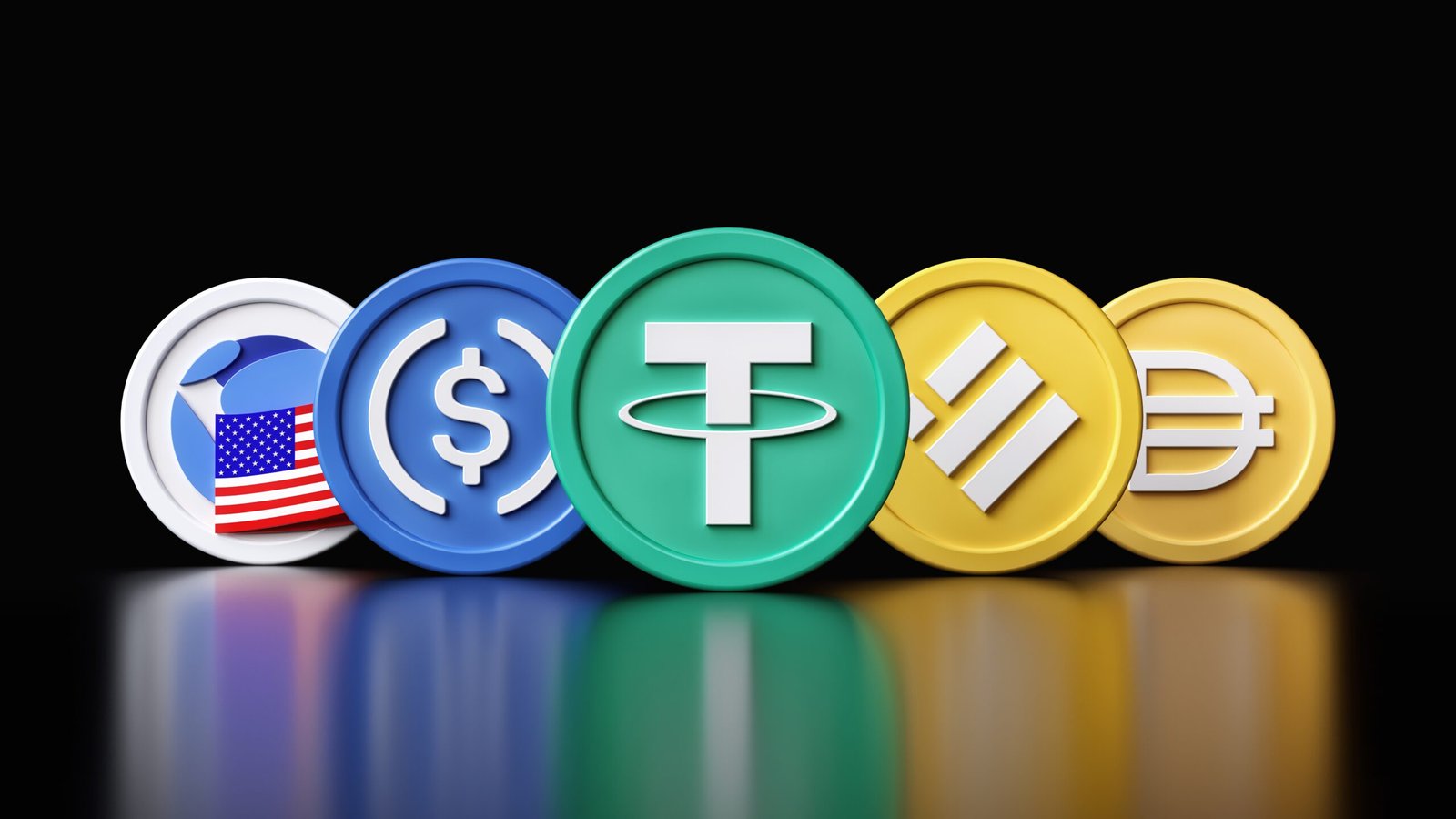The Growing Scrutiny of Stablecoins
Stablecoins, digital currencies pegged to traditional assets like the US dollar, have become a cornerstone of the cryptocurrency ecosystem. They are used in DeFi protocols, remittances, and as a store of value, offering a less volatile alternative to traditional cryptocurrencies like Bitcoin and Ethereum. However, their rise has raised concerns among regulators, particularly regarding the backing of these coins and their potential impact on the broader financial system.
In 2024, stablecoin regulation is a hot topic as governments seek to ensure that these digital assets are properly backed and don’t pose a risk to financial stability.
📊 Key Stablecoin Trends in 2024: ✅ Regulations on Backing: Regulatory bodies are focusing on ensuring that stablecoins are fully backed by real-world assets like fiat currencies or treasuries, to prevent a run on the coin in times of market stress. ✅ Central Bank Oversight: Some countries are considering central bank oversight for stablecoin issuers, requiring them to meet capital reserve requirements similar to those of traditional financial institutions. ✅ Impact on DeFi: Stablecoins play a significant role in DeFi protocols, and regulations are likely to target their use in lending and borrowing, as well as the impact they have on liquidity within decentralized platforms.
📌 Impact on Businesses and Consumers: 🔹 Businesses and exchanges will be required to meet regulatory standards to offer stablecoin-based products.
🔹 Stablecoin users will benefit from enhanced security and trust as regulatory standards ensure that coins are properly backed by tangible assets.
🔹 DeFi platforms that rely on stablecoins may need to adapt to new compliance requirements, such as AML and KYC regulations.
🚀 Looking Ahead: Stablecoin regulation will evolve to ensure their stability, with potential central bank digital currencies (CBDCs) emerging as a government-backed alternative.

Leave a Reply